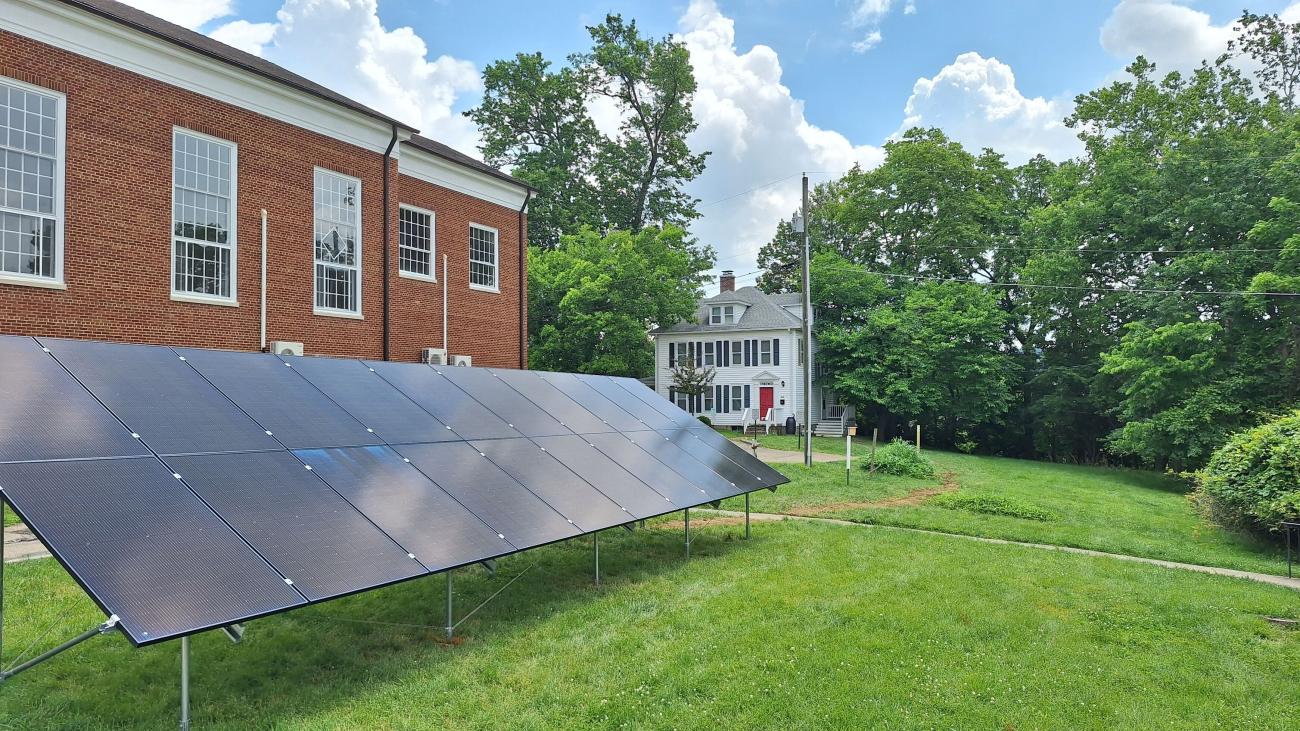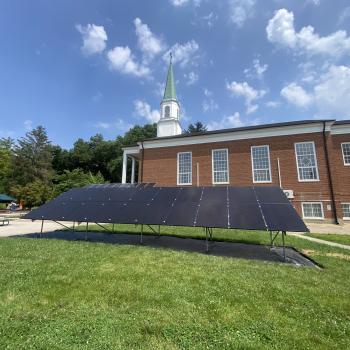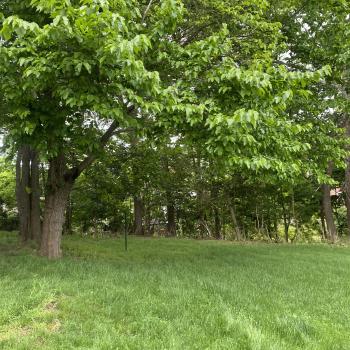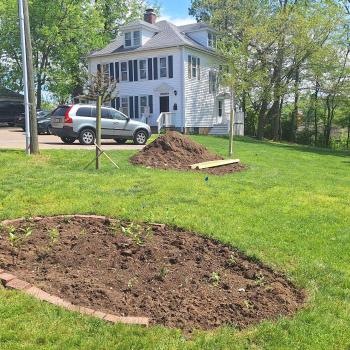The garden at the OHIO Ecohouse began as a residence project in 2011. That fall, residents worked with staff in the Office of Sustainability to transform empty space into a campus community garden. A number of volunteers from across campus assisted with work days to clean up the space and build raised beds for students, faculty and staff who wished to "adopt" a plot. Plots are offered at no cost to any member of the campus community who is willing to agree to the Garden Rules.
In Fall 2012, the Ecohouse served as a living laboratory for the Food Cycle Service Learning Series. Faculty participating in the Common Experience Project on Sustainability were able to bring students to workshops where students learned how to harvest, prepare and preserve home grown produce. The canned food was utilized in a free community meal in Nelsonville, Ohio made and served by Ohio University students.
The OHIO Ecohouse Community Garden is an organic garden; plot adopters are unable to use chemical fertilizers or pesticides on any of the plots or surrounding areas. This rule is put into place to uphold the mission of the OHIO Ecohouse as a living learning model on sustainable living. Chemical fertilizers and pesticides are petroleum-based, chemical-heavy products that can have devastating impacts on local waterways, ecosystems, and wildlife.
The Garden Manager Graduate Assistant from the Office of Sustainability works with garden plot adopters and volunteers to provide proper education on effective sustainable gardening practices. Any individuals or organizations affiliated with the university who are interested in adopting a plot may do so by completing the Garden Plot Application Form
. No experience necessary.





